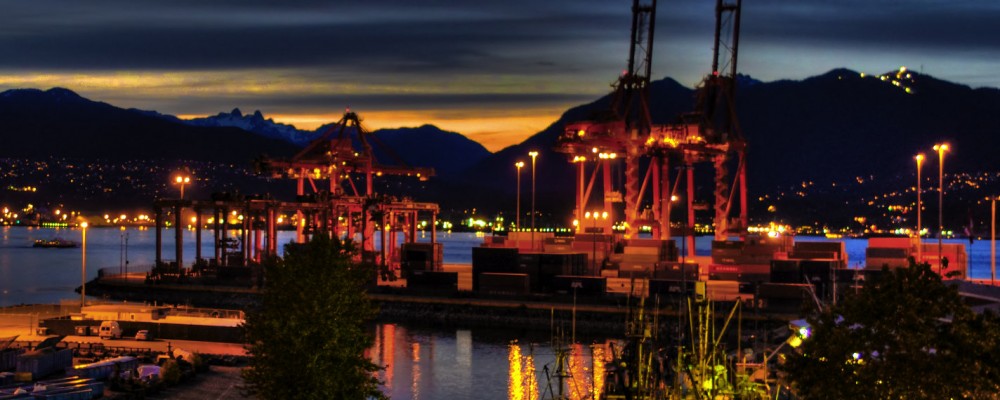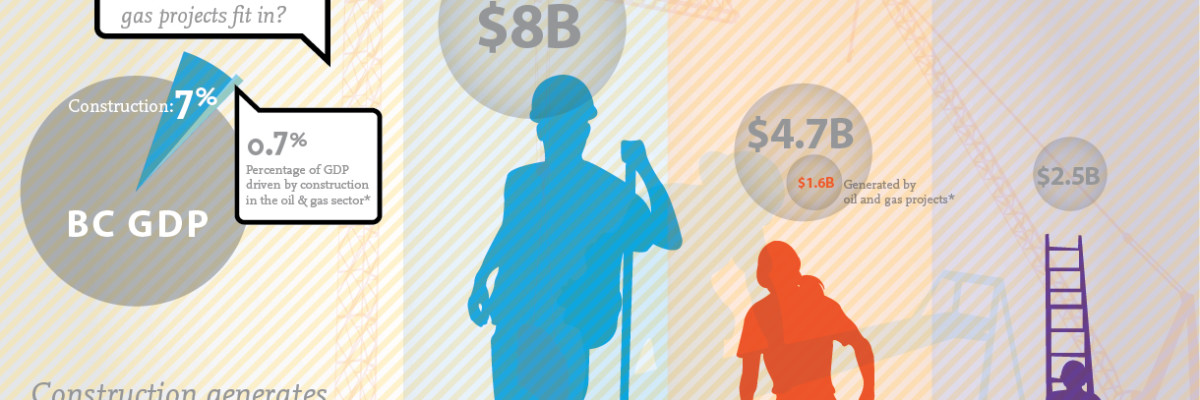
The transit plebiscite is launching in a week, and whether or not you think a plebiscite is useful, it’s brought up much needed conversations about what Greater Vancouver’s transit system looks like now and should look like in the future.
It’s a fact that our population is growing and our transit system needs to grow, but let’s look at the economic impact that investment in transit could have in Metro Vancouver.
Transit as a job creator
Transit gets people moving, but it also gets our local economy flowing. You don’t have to be a frequent user of public transit to benefit from a good transit system. The economic impacts of investing in transit creates benefits that take many different forms:
- Direct ROI & Multiplier Effects: It is estimated that for every $1 invested in public transit, there are about $4 in economic returns. ($1.70 benefits from spending, and $2.00 impact from long-term cost savings)
- More local spending: Shifting spending from automobile expenses to the other household purchases adds 3.6 Jobs for every $1 million shifted
- Creates jobs: More direct and indirect jobs are created per dollar invested in mass transit infrastructure than any other type of infrastructure spending including projects focused on energy, water, public facilities, or any other mode of transportation
Savings from congestion costs
In addition to job creation, transit investment brings us cost savings through the alleviation of congestion, and as we’ve heard before, ‘time is money’.
Congestion is the culprit of slower traffic and increased freight expenses, and the cost of congestion is estimated at approximately $500 million per year by The Mayors’ Council. In addition to this, a recent study by the C.D. Howe Institute and Clean Energy Canada looked at other costs of congestion, the hidden costs such as lost face-to-face meetings from choosing not to travel because of gridlock traffic. Maybe you decided not to go out for dinner or to the hockey game because the traffic was way too busy. Or maybe you decided not to have that business meeting because there was no way to get there in time.
The C.D. Howe report estimates that these hidden costs are between $500 million and $1.2 billion per year for the Metro Vancouver area. This is separate from the $500 million in visible losses calculated by the Mayors’ Council. C.D. Howe reports that these hidden costs include workers not taking jobs that are best fit for them due to traffic congestion, a smaller pool of job candidates available to businesses, and lost opportunities for face-to-face learning.
If it’s a responsible and profitable economy that we’re moving towards, building a better transit infrastructure is an essential component of that vision.


















